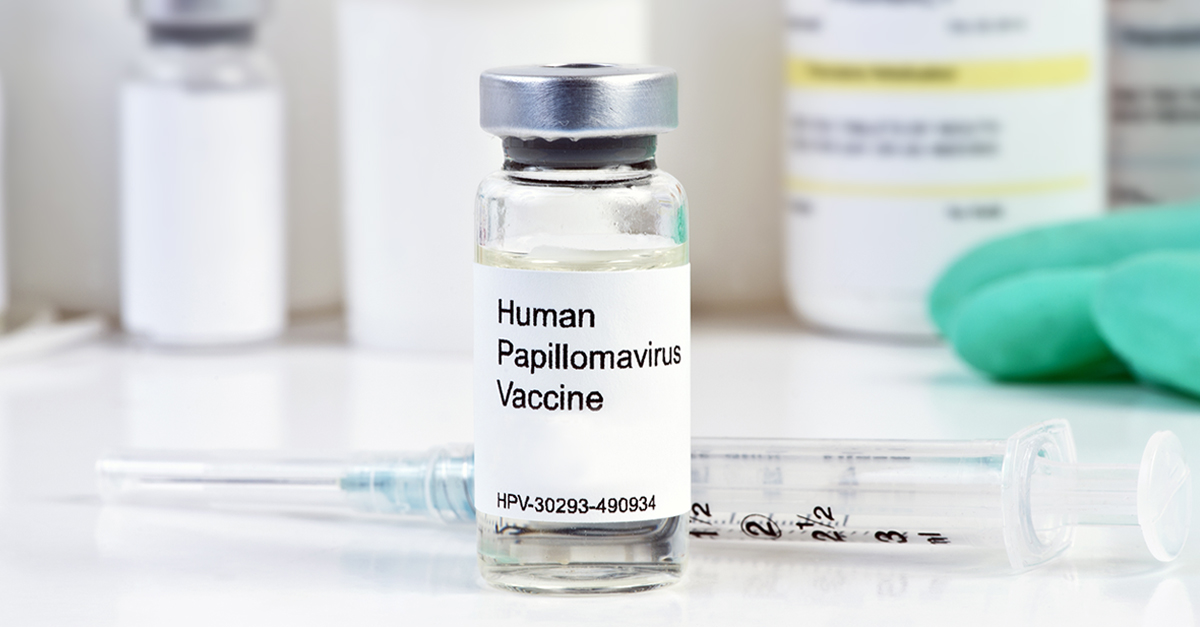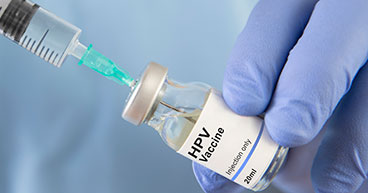
You may fear that an infection with human papillomavirus (HPV) means you’ll automatically develop cancer, but that’s not how it works.
HPV is common, affecting 85 percent of people in their lifetime. It’s the most prevalent sexually transmitted infection in the United States, in fact. Although most infections don’t cause symptoms and go away on their own, certain types can lead to genital warts—and other types to cancer.
That means that while an HPV infection doesn’t always lead to a cancer diagnosis, it may increase your risk.
In this article, we’ll explore:
- How to test for HPV
- What HPV positive means
- Whether HPV can go away
- What to do if you’ve been diagnosed with HPV
If you’ve been diagnosed with cancer and are interested in a second opinion on your diagnosis and treatment plan, call us or chat online with a member of our team.
How to test for HPV
Typically, testing for HPV starts with a Pap test, also called a Pap smear, when cells are collected from the cervix to see if they look normal, says Barbara Buttin, MD, a gynecologic oncologist at City of Hope® Cancer Center Chicago.
The Centers for Disease Control and Prevention (CDC) recommends women have a Pap smear every three years, starting at age 21.
You can also ask your doctor about primary HPV testing, which tests cervical cells for HPV. You can get an HPV test at the same time as a Pap smear, but your doctor will let you know what’s recommended for your specific age and health history.
In May, the U.S. Food and Drug Administration (FDA) also expanded approvals for two HPV tests to allow for self-collection. That means you can now collect a vaginal sample yourself for HPV testing if you can’t have or don’t want a pelvic exam. You just need to collect the sample in a health care setting, such as a primary care office, urgent care center, pharmacy or mobile clinic.
With more than 90 percent of cervical cancer cases linked to HPV, health experts hope increased access to testing will improve cervical cancer screening rates, particularly among groups where participation remains low.
There are no approved HPV screening tests for men.
Possible test results
If you have a Pap smear, your results may range from normal to unsatisfactory, as detailed below:
- Normal: No cell changes were found on your cervix. Still, changes could develop in the future, so you should follow up with recommended screenings.
- Unclear: Your cervical cells look like they could be abnormal. Following up with an HPV test may help determine if your cell changes are related to HPV.
- Abnormal: Although this usually doesn’t mean you have cervical cancer, cell changes were found on your cervix—likely caused by HPV. The changes may be minor (low-grade) or serious (high-grade) depending on their chances of causing cancer. Minor changes will generally go back to normal on their own. But more serious changes may turn into cancer if they’re not removed. These are often referred to as “precancer.”
- Unsatisfactory: There aren’t enough cells in the sample, or they’re too clumped together to have a clear view. In this case, your doctor may ask you to come back for another Pap test.
If a Pap smear finds abnormal cervical cells, your doctor may advise several tests and procedures, including:
- A colposcopy, which is a closer look at the cervix to examine any irregularities
- A biopsy, which is usually performed at the same time as a colposcopy
- A loop electrosurgical excision procedure (LEEP) to remove suspicious tissue
If you have an HPV test, your results can either be negative or positive.
- Negative: You don’t have an HPV type linked to cervical cancer.
- Positive: You have an HPV type that may be linked to cervical cancer. Although this doesn’t mean you have cervical cancer, it does mean further testing is needed.
In 2020, the FDA approved the first dual-stain test for women who test positive for HPV. The test, called CINtec® PLUS Cytology, helps doctors decide if women with HPV should have a biopsy to look for signs of cervical cancer.
Researchers found the dual-stain test worked better than a Pap smear at determining whether an HPV infection may lead to cancer—and whether a woman should get a biopsy.
What HPV positive means
According to the National Cancer Institute, 12 different types of HPV may cause cervical cancer and other kinds of cancer, including:
- Oropharyngeal cancer (that forms in the back of the throat)
- Anal cancer
- Vaginal cancer
- Vulvar cancer
- Penile cancer
If you test positive for a type of HPV that’s considered low or intermediate risk, you may not need to do anything. Instead, your doctor may recommend surveillance.
But if your HPV is considered high risk, you may need further testing, and possibly a procedure to remove abnormal cells.
Whether HPV can go away
For most people, HPV infections go away on their own (with a little help from the immune system, of course).
While there’s no way to know who will develop cancer or other health problems related to HPV, people with weakened immune systems—including people who have HIV or AIDS—may be less likely to fight off the infection. And more likely to develop health problems related to it.
What to do if you’ve been diagnosed with HPV
“The most important thing is close monitoring of areas at risk for cancer, which mainly includes the genital areas,” Dr. Buttin says. “It’s also important to mention you’re HPV positive to a new sexual partner.”
Plus, even if you tested positive for HPV, you should still get vaccinated if you haven’t already done so.
The CDC recommends that boys and girls get the HPV vaccine when they’re 11 or 12 years old. But it’s available to people between the ages of 9 and 26, and even up to age 45.
“Vaccination is helpful even if you’ve already tested positive since there are so many different types of HPV,” Dr. Buttin says.
If you’ve been diagnosed with cancer and are interested in a second opinion on your diagnosis and treatment plan, call us or chat online with a member of our team.



